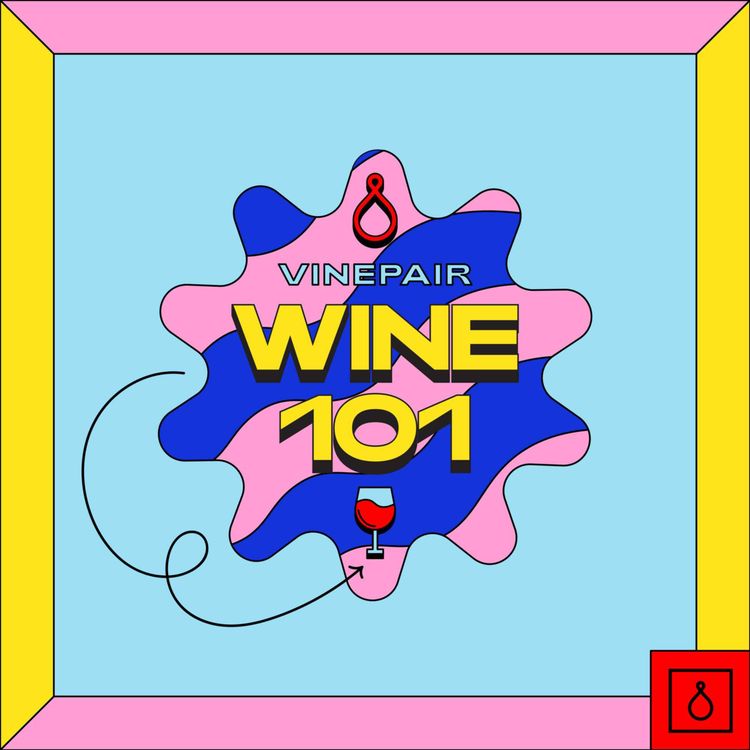Share

Wine 101
Matching Wine and Food: A Reflective History
•
How important is matching food and wine? And where did this phenomenon come from? Let's examine its history and application.
More episodes
View all episodes

The Composition of wine Part IV: Organic Acids
17:04|Organic acids contribute to the flavor and stability of a wine. Some can be added to wine and that's where we might see a difference on an ingredients list.The Composition of wine Part III: Fixed Substances
18:56|We continue to explore what could be on a wine-label ingredients list. Fixed substances are the elements in wine that remain unchanged. I'll explain.The Composition of wine Part II: Volatile Substances
20:38|This week, in our exploration of potential ingredients on wine labels, we examine volatile substances. Last week, we looked at what dissolves into wine; here, we look at what evaporates.The Composition Of Wine Part I: Dissolved Gasses
20:04|What would it look like if we started listing ingredients on wine labels? This series will cover the composition of wine so if it does happen you will be informed.What It Means to Build on a Wine Legacy with Rombauer
50:51|I sat down with Rombauer's senior director of winemaking and viticulture, Richie Allen, to discuss what a role like his means in wine and everything related to Sauvignon Blanc and Zinfandel.The History of Rosé Part V: Marcel and the Hamptons
21:44|To wrap up this fun dive into Rosé history we go back to pre-Phylloxera Provance to Marcel Ott and his American plan.The History of Rosé Part IV: White Zinfandel and Cabernet Blush
19:44|The history of Rosé goes domestic with the creation of two different US styles of pink that helped Americans begin to love the hue.The History of Rosé Part III: Palace Mateus
17:22|Rosé's history enters the modern era from the most unlikely place.The History of Rosé Part II: Vin d'Une Nuit
18:32|Continuing the search for the history of Rosé, we happen upon a commune called Tavel